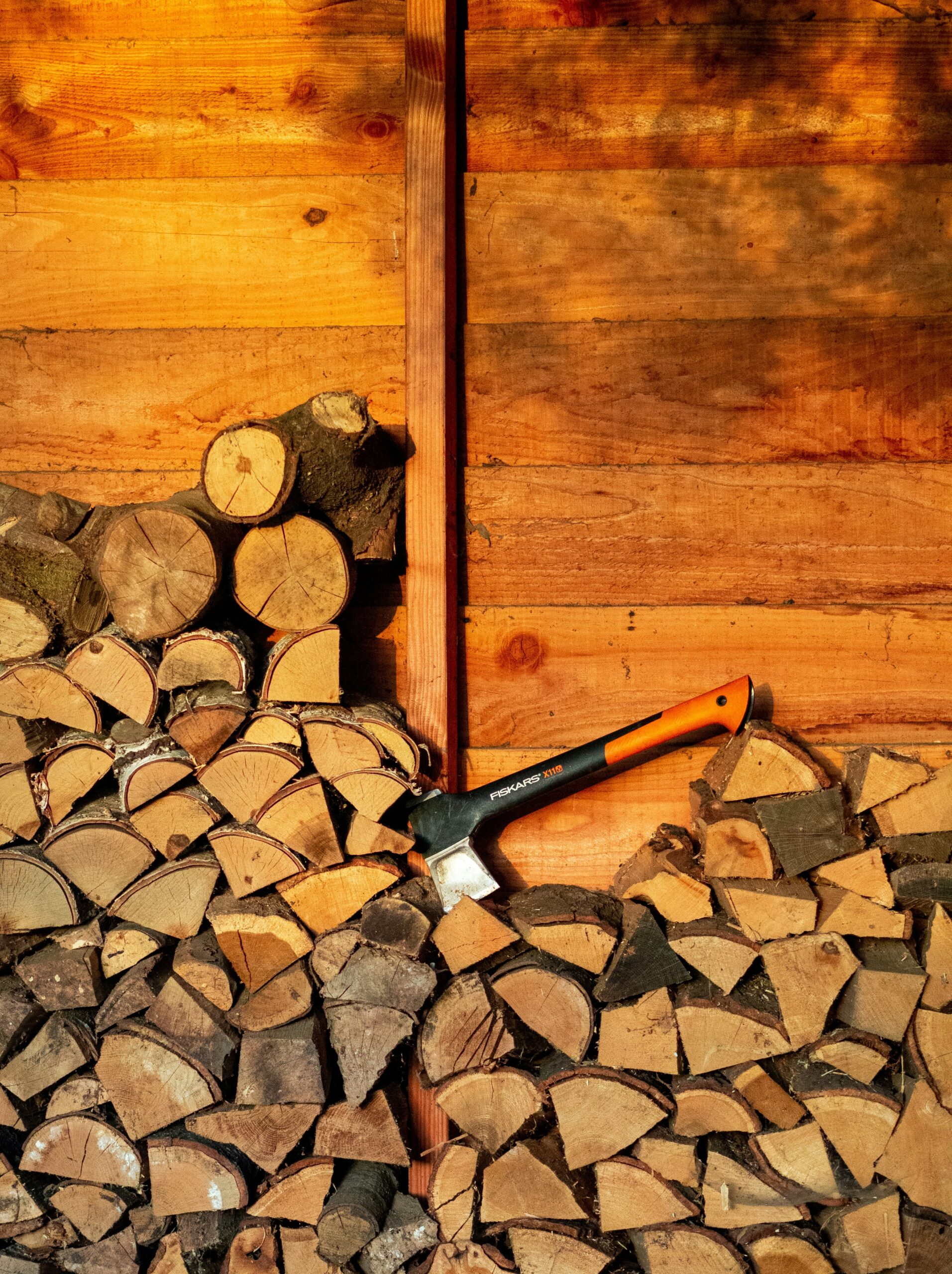Axe throwing can be a fun and exciting activity, but safety should always come first. Many enthusiasts might underestimate the risk of injury involved without proper planning. This guide will provide knowledge about setting up a safe axe throwing lane with specific dimensions, selecting the right materials, and ongoing maintenance for safety. By following this information, readers will learn how to set up a secure environment that can help them avoid potential harm and meet insurance policy requirements related to risk management.
Key Takeaways
- Safety protocols are essential for protecting participants and minimizing liability in axe-throwing
- Regular inspections of equipment ensure a safe axe-throwing environment for all users
- Proper target placement enhances safety and throwing effectiveness in axe-throwing lanes
- Clear signage and marked zones help keep spectators safe from potential hazards
- Continuous staff training improves emergency response and overall safety in the facility
Understanding the Importance of Safety in Axe Throwing
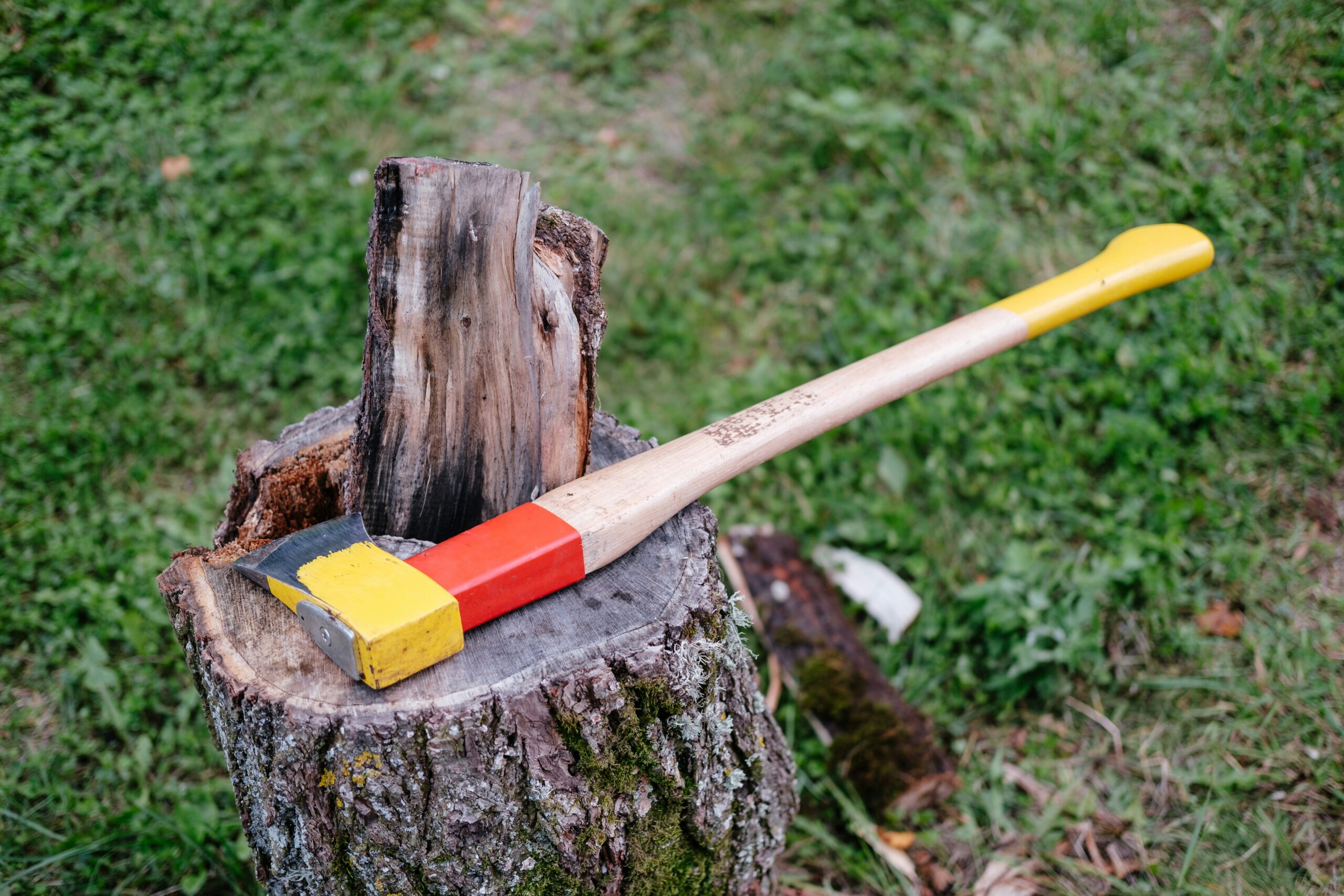
Axe throwing can be fun, but it comes with safety risks. First, it is important to identify common hazards associated with the sport. Second, establishing safety protocols helps ensure everyone is protected. Lastly, training participants on safe practices is essential for reducing liability and maintaining a safe environment. Having clear policies, a waiver for participants, and liability insurance are vital for effective customer service and safety management.
Identifying Common Safety Risks
When setting up an axe-throwing lane, it is vital to identify common safety risks to protect participants. A sturdy fence around the throwing area helps prevent accidents by keeping spectators at a safe distance from the axes. Additionally, a well-structured building plan ensures that the lane is designed with appropriate dimensions, allowing enough space for both throwers and bystanders, which is crucial for the target market. It’s also important to have a first aid kit readily available to address any minor injuries that may occur during the activity.
Establishing Safety Protocols
Establishing safety protocols in axe throwing protects participants and minimizes liability. This includes requiring participants to wear appropriate gear, such as closed-toe shoes and protective eyewear, to promote occupational safety and health. Additionally, ensuring accessibility for all users while having a clear license to operate can enhance safety and trust in the facility, allowing everyone to enjoy the activity without unnecessary risk.
Training Participants on Safe Practices
Training participants on safe practices is essential for any team-building event involving axe throwing. Instructors should emphasize the importance of proper throwing techniques and using plywood targets to enhance skill while ensuring safety. By educating everyone on how to handle axes responsibly, participants can enjoy the experience without unnecessary risks, making the event both fun and secure.
Determining the Ideal Space for Your Axe Throwing Lane

Setting up an axe-throwing lane requires proper planning to ensure safety and enjoyment for the target audience. First, calculating minimum space requirements is crucial to prevent negligence and avoid potential lawsuits. Next, considering ceiling height and overhead clearance can enhance safety. Lastly, planning for spectator areas ensures customers can watch while remaining at a safe distance.
Calculating Minimum Space Requirements
Calculating the minimum space requirements for axe throwing lanes is vital to prevent accidents and ensure a safe throwing environment. Each lane should have enough room behind the throwers and in front of the target to accommodate proper throwing techniques while reducing any risk of injury. An ideal setup not only allows participants to aim for the bullseye comfortably but also includes enough distance to protect spectators, especially during sudden death scenarios in competitions:
- Understand the standard dimensions for axe-throwing lanes.
- Measure enough space for throwers and spectators.
- Consider safety features surrounding the throwing area.
Considering Ceiling Height and Overhead Clearance
When setting up an axe-throwing lane, it is crucial to consider ceiling height and overhead clearance. A height of at least 12 feet is recommended to ensure that axes have ample space to travel without the risk of hitting any equipment or overhead fixtures. This consideration is especially important during emergency situations or competitions, such as those governed by the World Axe Throwing League, where proper dimensions facilitate safe and enjoyable throwing experiences.
Planning for Spectator Areas
Providing a safe distance between the throwers and the audience is crucial when planning spectator areas for an axe-throwing lane. This space ensures that spectators can enjoy watching the action without being at risk from flying axes or other potential hazards. Clear signage can also help keep spectators out of restricted zones, enhancing safety and improving the overall experience for everyone involved.
Standard Dimensions for a Regulation Axe Throwing Lane
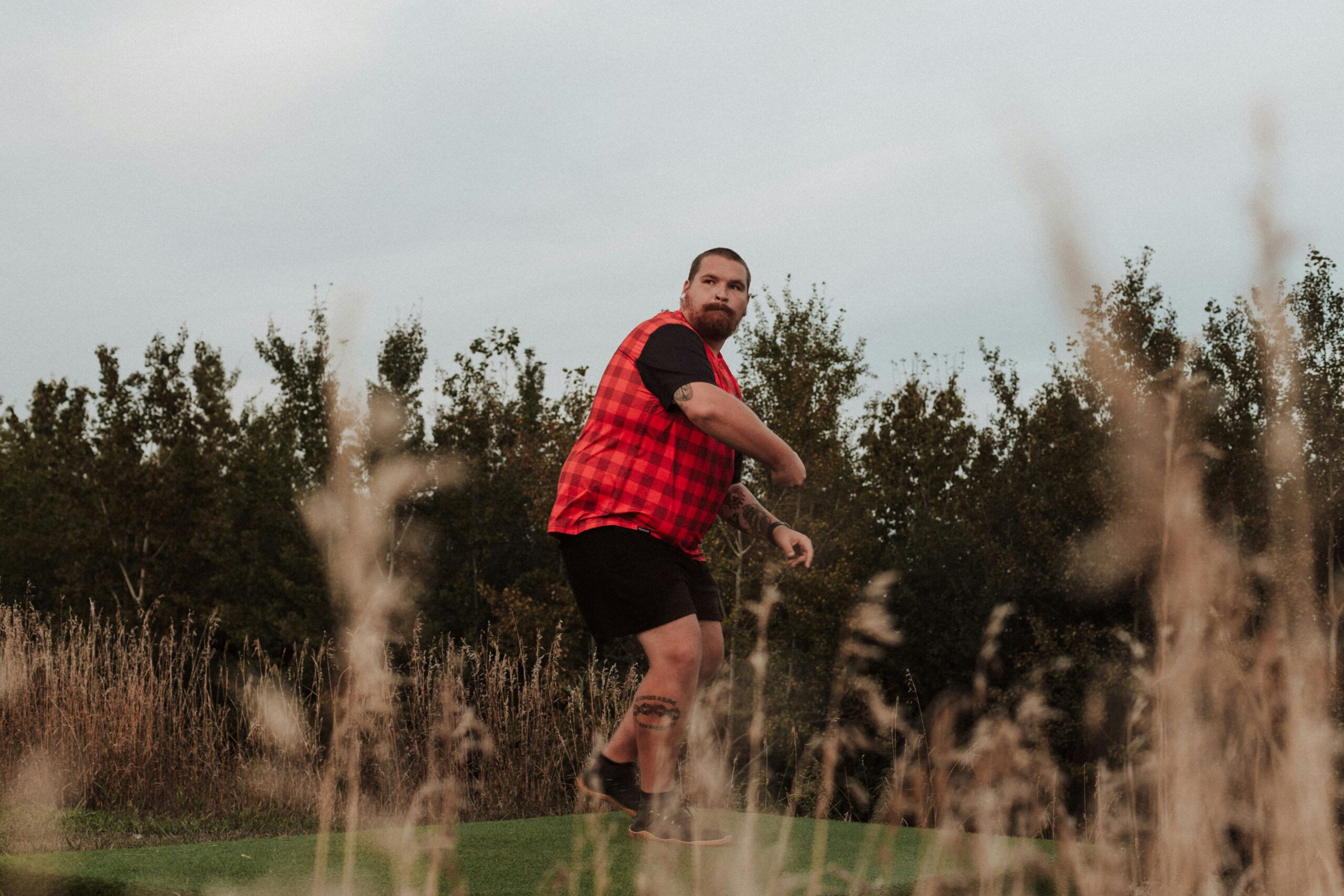
The standard dimensions for a regulation axe-throwing lane are crucial in ensuring safety and enjoyment. This section covers width and length specifications defining the overall space required. It also discusses target placement and height, ensuring optimal throwing conditions. Lastly, safety zone measurements outline the necessary distances to protect both participants and spectators.
Width and Length Specifications
A regulation axe-throwing lane’s width and length specifications are critical for ensuring safety and effectiveness. Each lane should be at least 6 feet wide to accommodate throwers comfortably. Additionally, a length of 12 to 14 feet from the throwing line to the target is recommended, allowing ample space for the axes to travel safely while giving participants the distance needed to improve their throwing techniques.
Target Placement and Height
The target placement and height in a regulation axe-throwing lane are crucial for safe and effective play. The target should be positioned approximately 48 inches off the ground, allowing most participants to have a comfortable throwing height. Additionally, ensuring the target is centered in the lane–specifically, 6 feet from the throwing line–helps maintain consistency and enhances the throwing experience for everyone involved.
Safety Zone Measurements
Safety zone measurements are crucial for ensuring a secure axe-throwing environment. A recommended safety zone extends at least 10 feet behind the target and at least 5 feet on either side of the lane. This space protects spectators and participants from accidental throws, creating a safer experience for everyone involved.
Selecting the Right Materials and Equipment
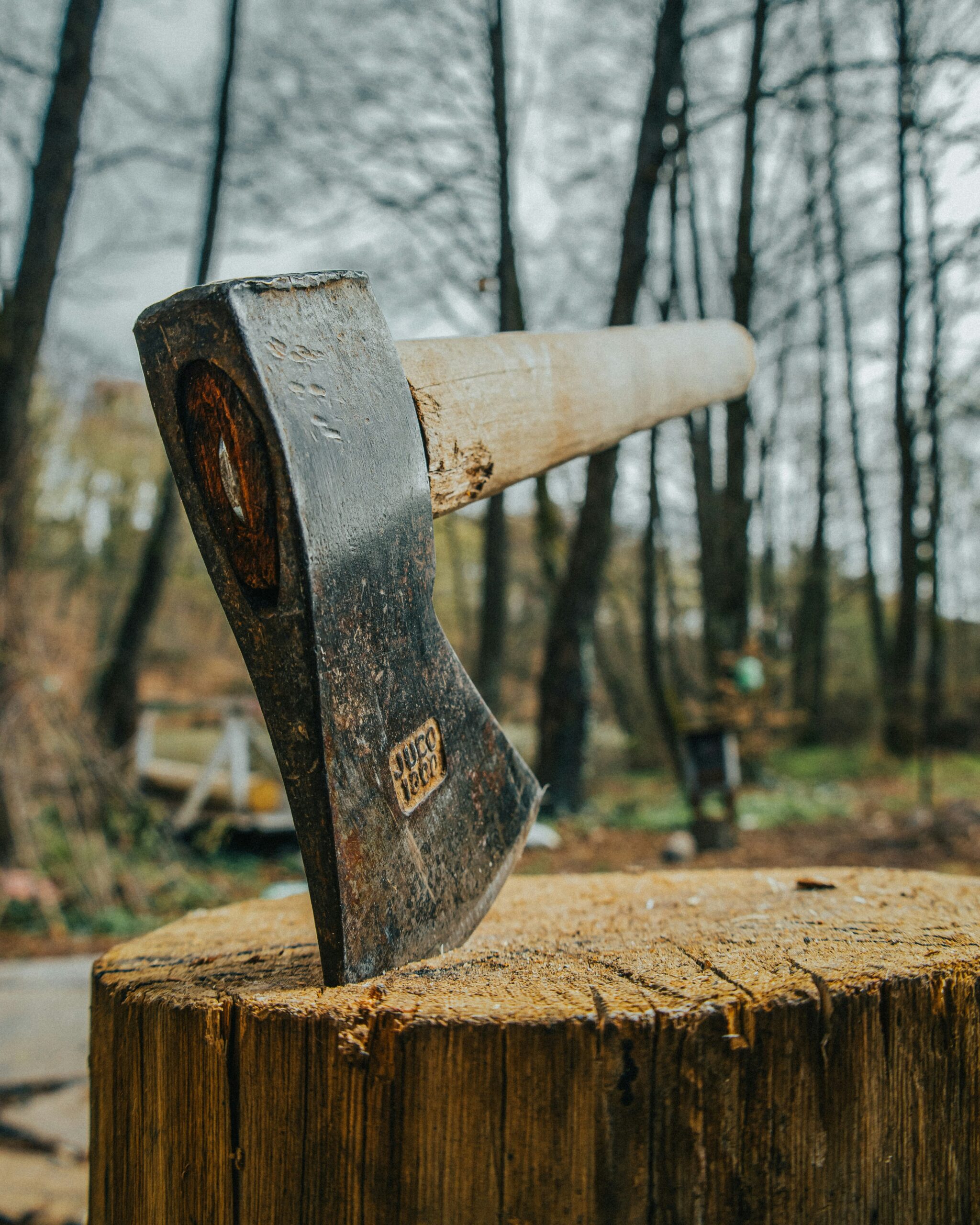
The right materials and equipment are essential for creating a safe axe-throwing lane. This involves choosing durable backstop materials to catch stray axes, selecting appropriate targets for consistent throws, and investing in quality axes that enhance performance. Additionally, installing protective barriers and fencing helps keep spectators safe while promoting an enjoyable throwing experience.
Choosing Durable Backstop Materials
Choosing durable backstop materials is vital for enhancing safety in an axe-throwing lane. Sturdy options like plywood or specialized axe-throwing mats can effectively catch stray axes and minimize the risk of injury to spectators and participants. It’s essential to ensure that these materials are well-constructed and maintained to withstand repeated impacts, providing a reliable barrier that keeps the throwing environment secure and enjoyable.
Selecting Appropriate Targets
Appropriate targets are key to setting up a safe axe-throwing lane. Targets should be made of high-quality wood, such as pine or poplar since these materials provide the right amount of resistance without causing excessive bounce-back. Ensuring that targets are properly secured and maintained will help create a consistent throwing experience, allowing participants to practice their skills effectively while reducing risks associated with faulty or damaged targets.
Investing in Quality Axes
Investing in quality axes is essential for a successful axe-throwing lane. High-quality axes are designed for better balance and control, which improves the overall throwing experience. Choosing axes that are appropriate for different skill levels can also enhance safety and enjoyment for all participants:
- Ensure axes are made from durable materials.
- Select balanced axes for improved accuracy.
- Consider weight and size for different throwing techniques.
Installing Protective Barriers and Fencing
Protective barriers and fencing are essential for creating a safe axe-throwing environment. These barriers help prevent stray axes from traveling outside the designated throwing area, protecting both participants and spectators. Durable materials, such as wood or metal fencing, should be used, ensuring they meet safety standards and can withstand the impact of thrown axes. By prioritizing safety with effective barriers, facilities can enhance the overall experience for everyone while minimizing risk.
Step-by-Step Guide to Building Your Axe Throwing Lane
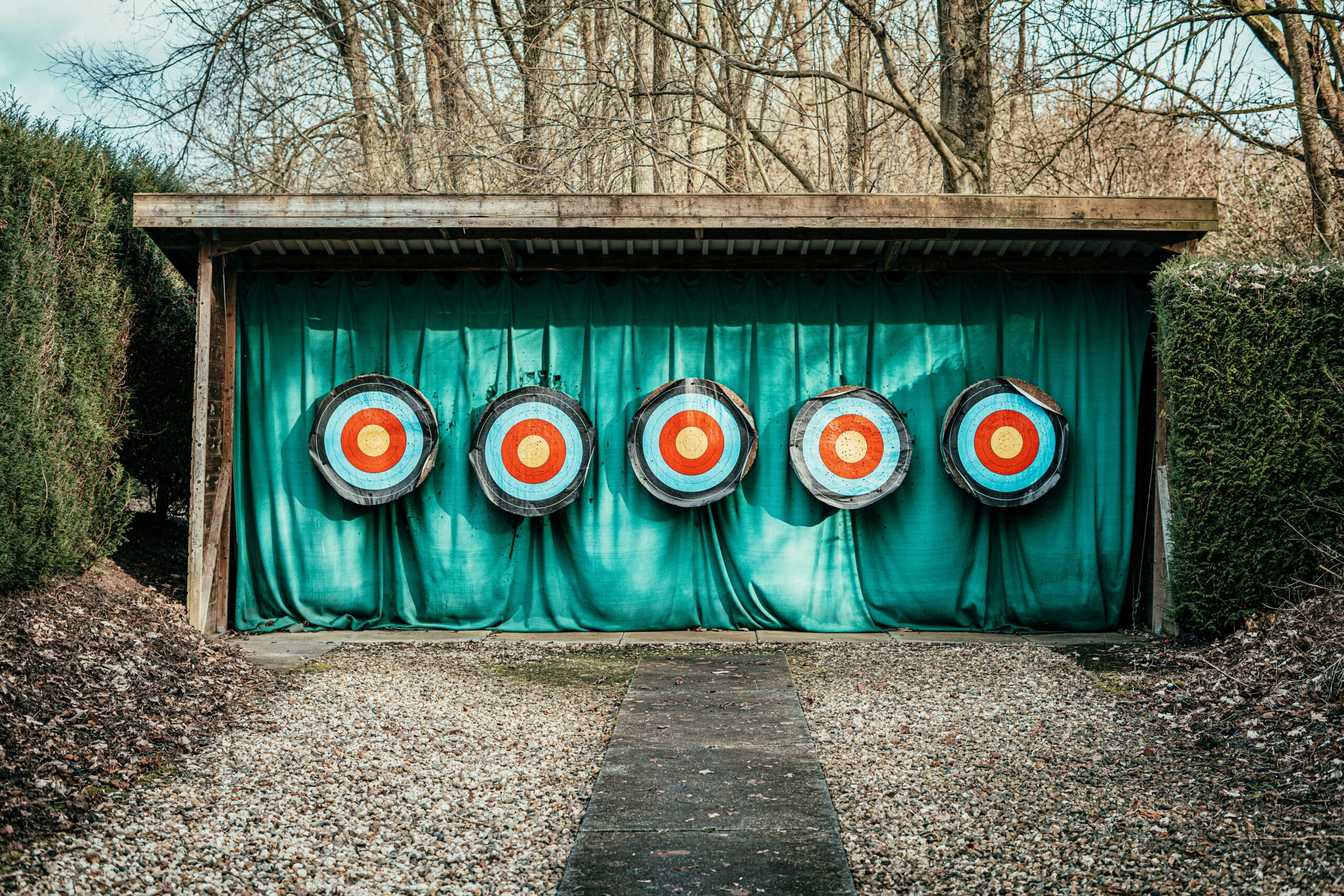
Preparing the construction area is the first step in building a safe axe-throwing lane. This involves clearing the space and ensuring it meets the necessary dimensions. Next, assembling the backstop and targets will provide a secure environment for participants. Marking throwing lines and safety zones helps maintain proper distance while implementing safety features, and signage enhances protection for everyone involved.
Preparing the Construction Area
Preparing the construction area for an axe-throwing lane is crucial for safety and effectiveness. The first step is to clear the space of any debris, obstacles, or potential hazards that could interfere with throwing or lead to injuries. Next, it is essential to measure and mark the appropriate dimensions for both the throwing lanes and safety zones to ensure that the setup meets the required standards for a safe axe-throwing environment:
Assembling the Backstop and Targets
Assembling the backstop and targets is crucial in setting up a safe axe-throwing lane. The backstop should be built with durable materials, like plywood, to effectively catch stray axes and prevent them from posing any danger to spectators or participants. Properly securing the target at a height of 48 inches ensures that it is easily accessible for throwers while enhancing the overall throwing experience in the lane.
Marking Throwing Lines and Safety Zones
Marking throwing lines and safety zones is key in creating a safe axe-throwing lane. Clearly marked lines help participants know where to stand while throwing, ensuring proper technique and reducing the risk of accidents. Safety zones should be designated to keep spectators and other participants at a safe distance, protecting everyone involved and enhancing the enjoyment of the axe-throwing experience.
Implementing Safety Features and Signage
Safety features and effective signage are key to creating a secure axe-throwing lane. Proper signage should clearly indicate the throwing area and spectator zones, ensuring that all participants and onlookers understand where to stand. Additionally, installing barriers that keep spectators safe from the throwing lane prevents accidents, allowing everyone to enjoy the activity without unnecessary risks.
Maintaining Your Axe Throwing Lane for Ongoing Safety
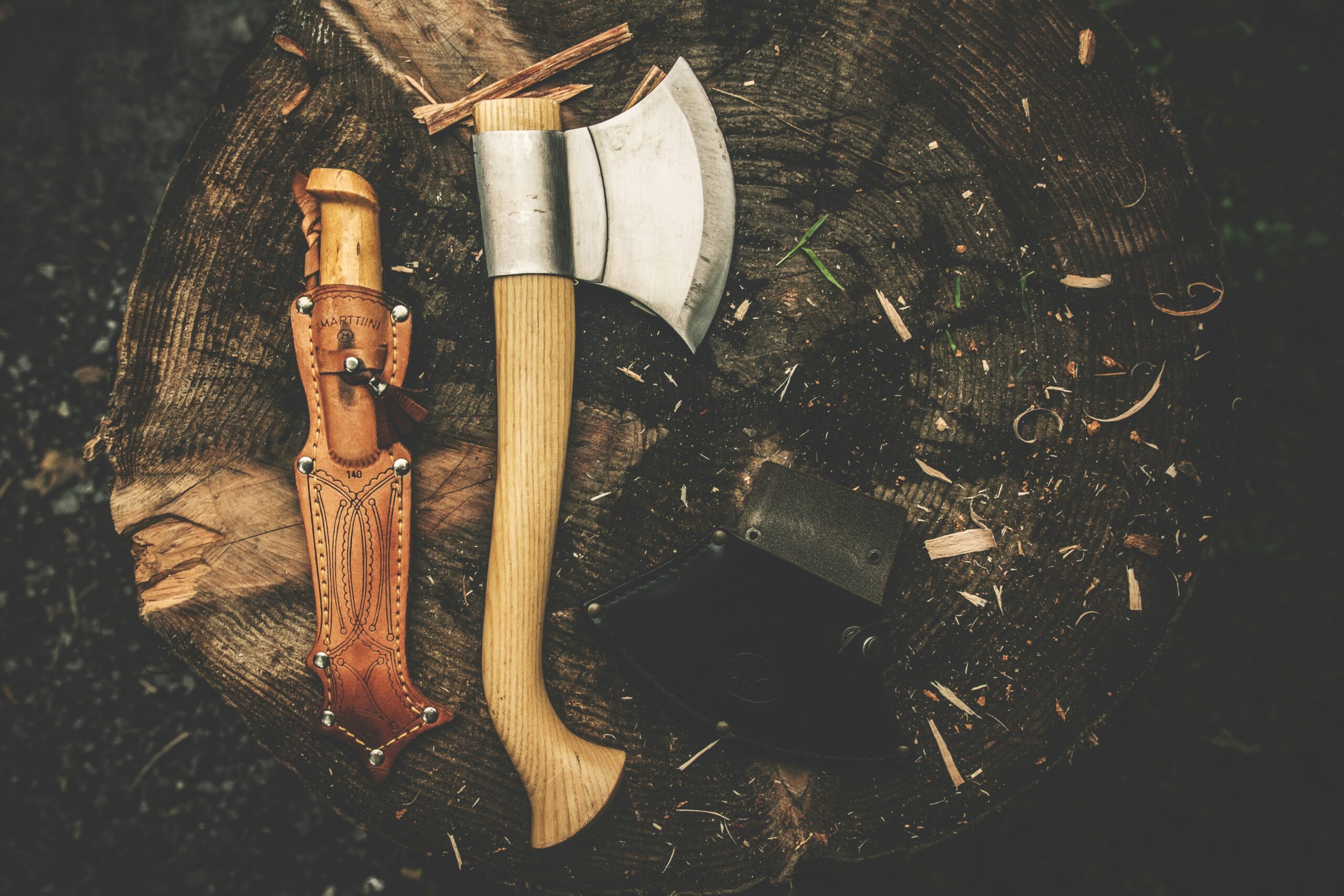
Regular inspection of equipment and materials is essential for ensuring safety in an axe-throwing lane. Updating safety protocols as needed helps adapt to any changes in regulations or best practices. Continuous staff training fosters a safe environment while effectively handling emergencies and incidents and builds participant confidence. Each of these aspects is crucial for ongoing safety and enjoyment in axe-throwing.
Regular Inspection of Equipment and Materials
Regular inspection of equipment and materials is a key part of maintaining a safe axe-throwing lane. It is essential to check the condition of targets, backstops, and axes to ensure they are in good shape and functioning properly. For example, worn wooden targets can lead to unpredictable axe bounces, increasing the risk of accidents. By establishing a routine for these inspections, facilities can address potential safety issues before they become serious threats, ensuring a secure experience for all participants.
Updating Safety Protocols as Needed
Updating safety protocols regularly is essential for maintaining a safe axe-throwing lane. As new information, equipment, and safety guidelines emerge, policies must be revised to reflect these changes. For instance, if a facility introduces new types of axes or throwing techniques, safety protocols must be adjusted to ensure participant safety and compliance with regulations.
- Review current safety protocols frequently.
- Incorporate new safety equipment or best practices.
- Train staff on updated procedures.
- Communicate changes to all participants.
Providing Continuous Training for Staff
Providing continuous training for staff is essential for maintaining a safe axe-throwing lane. Staff who are well-trained in safety protocols and emergency procedures can prevent accidents and manage situations effectively. Regular training sessions can ensure that staff remain updated on safety practices, ultimately enhancing all participants’ overall safety and enjoyment of the axe-throwing experience.
Handling Emergencies and Incidents Effectively
Handling emergencies effectively in an axe-throwing environment is vital for ensuring the safety of everyone involved. Facilities should develop clear emergency response plans that outline steps to take during injuries or accidents. Regular drills and training can prepare staff to respond quickly, minimizing risks and ensuring that participants feel secure throughout their axe-throwing experience.
Conclusion
Setting up a safe axe-throwing lane with proper dimensions is crucial for protecting participants and spectators alike. Facilities can create a secure environment that fosters enjoyment by identifying common safety risks, establishing effective protocols, and ensuring adequate space and equipment. Regular maintenance and training enhance ongoing safety, helping to address any emergent needs or issues. Prioritizing safety in axe throwing safeguards everyone involved and encourages a positive and engaging experience for all participants.

